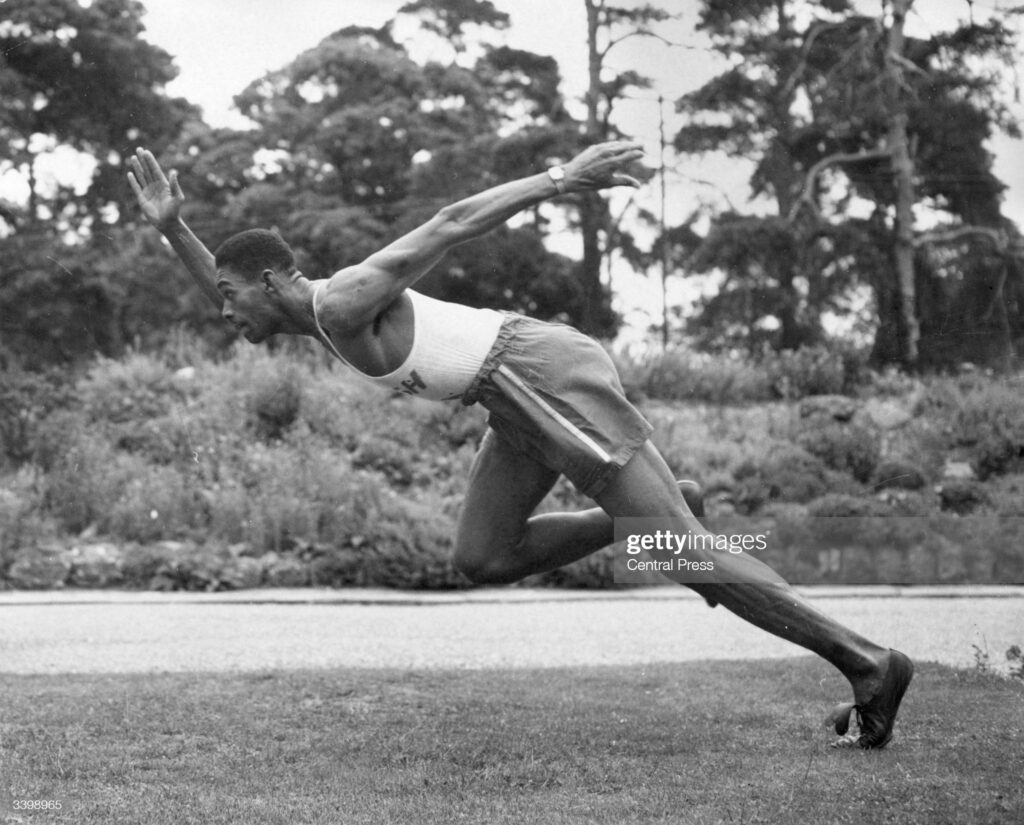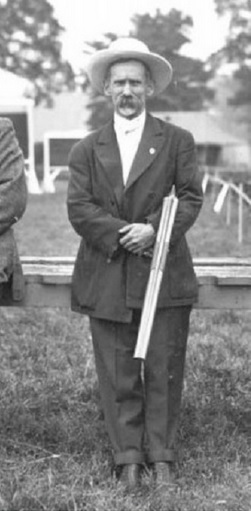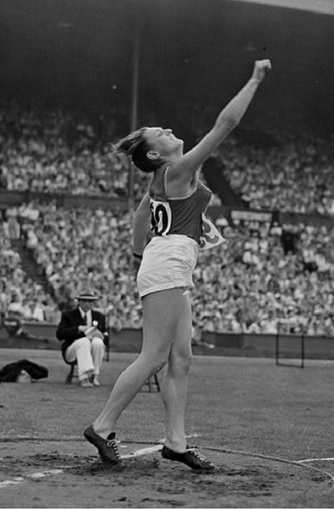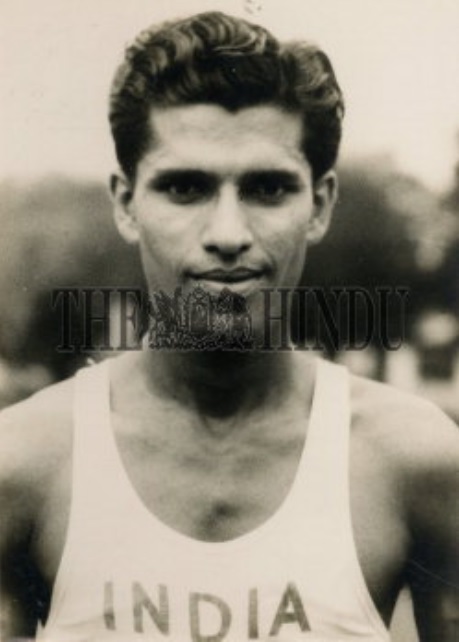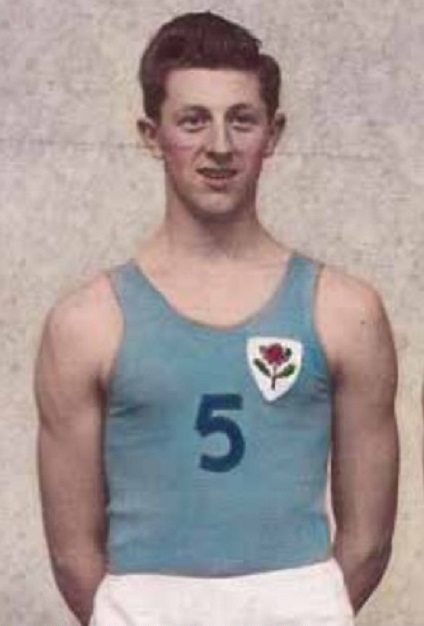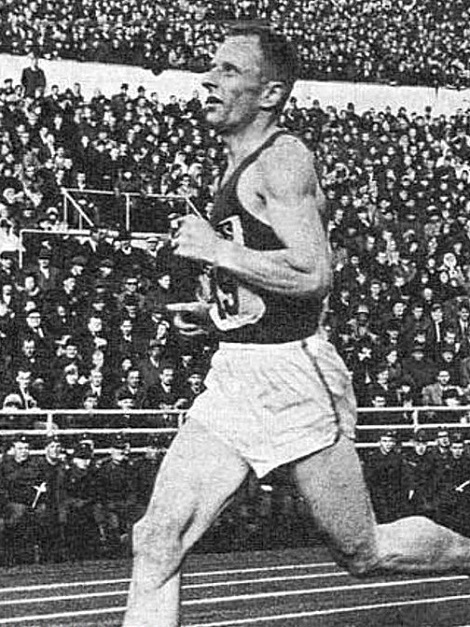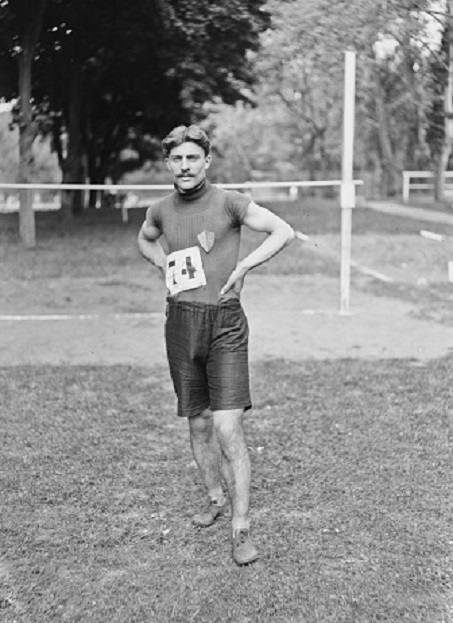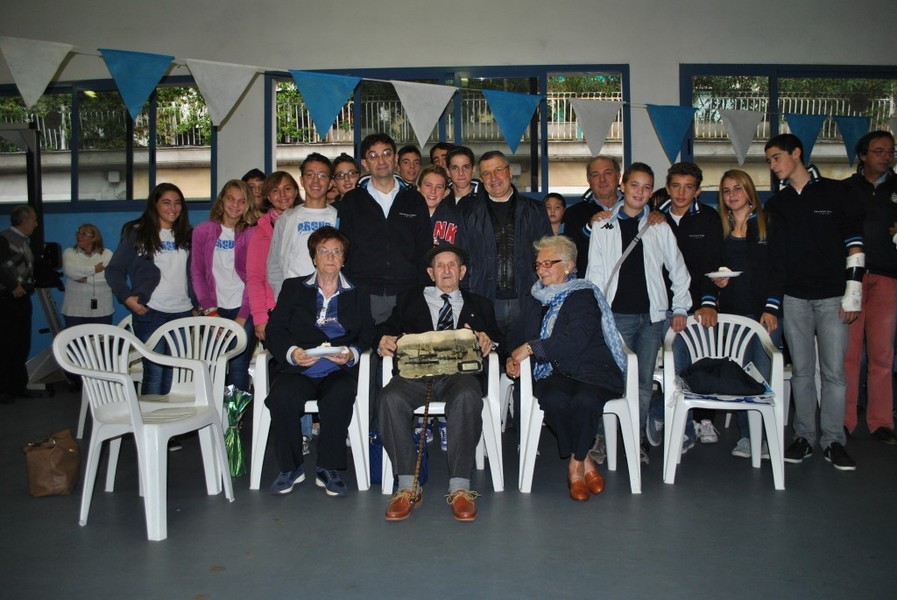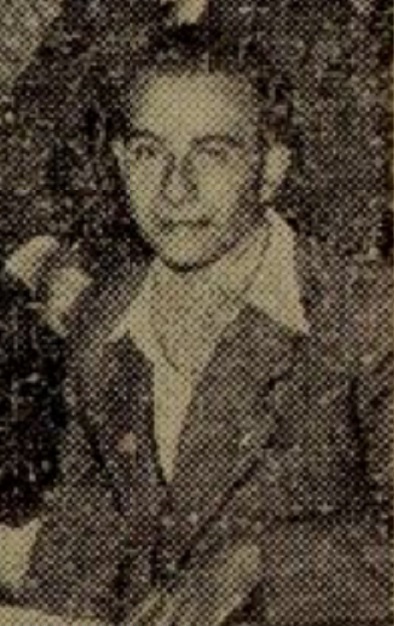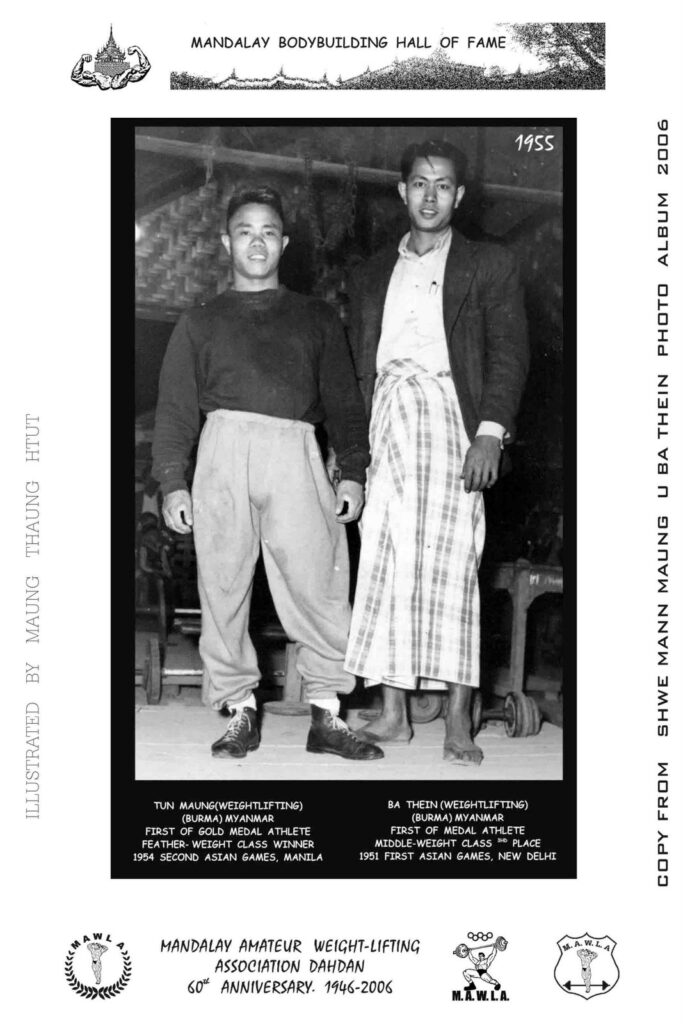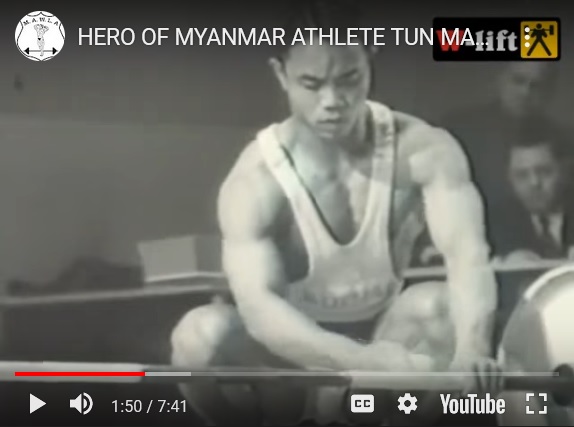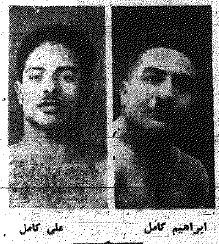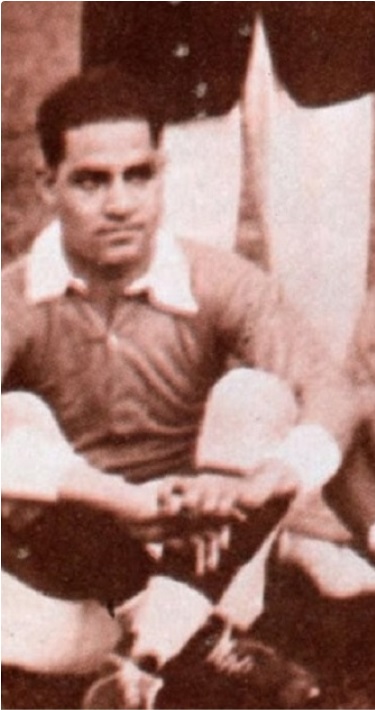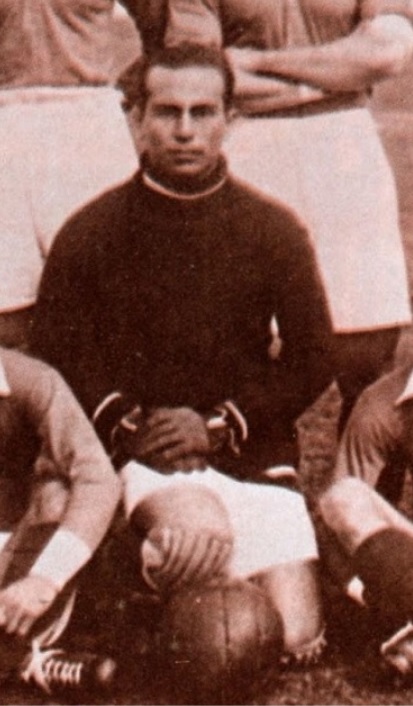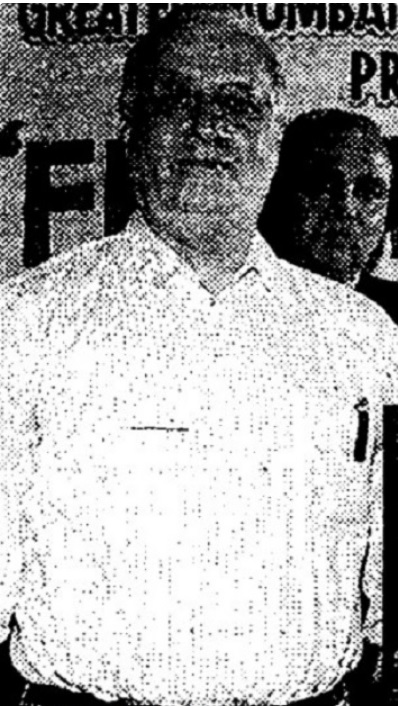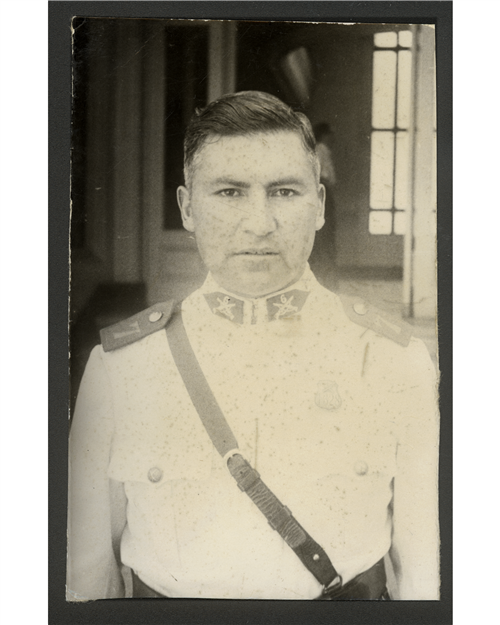Today on Oldest Olympians we wanted to cover a slightly more obscure topic: mystery art competitors from the 1928 Amsterdam Olympics. The art competitions at the Olympic Games are a topic that is rarely touched upon, although it has been garnering more attention in recent years. There have been great strides made in connecting artists, writers, and musicians to their Olympic participation, but some remain elusive. As you might imagine, information on these individuals is scarce, if we know anything at all, and thus we will be covering these competitors only briefly and only those that are possibly (albeit extremely unlikely) to be alive.
Of the six individuals that we wish to mention today, only one was an architect: Pierre Souziff of France. Souziff entered his work “Une piscine” into the architectural competition, but as only medal winners were assigned to a specific category of the competition, he is listed among the “further entries” to the event. In searches, his name appears only in connection to the Olympics, suggesting that it was either a pseudonym or there is some error in spelling.
Of the remaining five competitors, we have full names for at least two of them. The first, Simon Frey of Switzerland, submitted the work “Sporting” into the Instrumental and Chamber Music event, a competition in which no medal was awarded. Unfortunately, Frey has the opposite problem of Souziff – his name is so common that we have been unable to identify an individual who can be linked to the Olympic submission. The second is Willy Favez, also of Switzerland, who submitted “Le Combat” (“The Fight”) to literature’s lyric works competition, but did not receive a medal. There is a Swiss Willy Favez born in 1898 who died in 1966, but we know of nothing that would tie him to the Olympian.
Two more of our mystery competitors also competed in the lyric works event. H. J. Ken of Austria submitted “Siegeskränze” (“Victory Wreaths”), but without more than initials, we have been unable to identify anything more about him. For the second, Voittout of Switzerland, we lack even initials and suspect that “Voittout” is a pseudonym. His submission for this competition was “La Défaite” (“The Defeat”), but he also competed in dramatic and epic works, with “Conflits Sportives” (“Sporting Conflicts”) and “Jarrets d’Acier” (“Ankle Joints of Steel”) respectively. The French director and cinematographer of educational shorts Edmond Floury (1887 – 1959) went by the pseudonym Voittout, but we have been unable to establish a definite connection between him and the Olympian.
The final individual on our list is B. Bosserdet of Switzerland, who submitted “Trilogie sur la Musique du Mouvement” (“Trilogy on the Music of Movement”) to music’s Compositions for Orchestra event. In this event, only one medal, bronze, was distributed, to Danish composer Rudolf Simonsen. Again, we know nothing about Bosserdet, and it is possible that his name is misspelled or a pseudonym.
That is all we have for today; an unfortunately undecorated blog entry for a post about art competitions! Nonetheless, we will return soon with a new topic and hope that you will join us!
